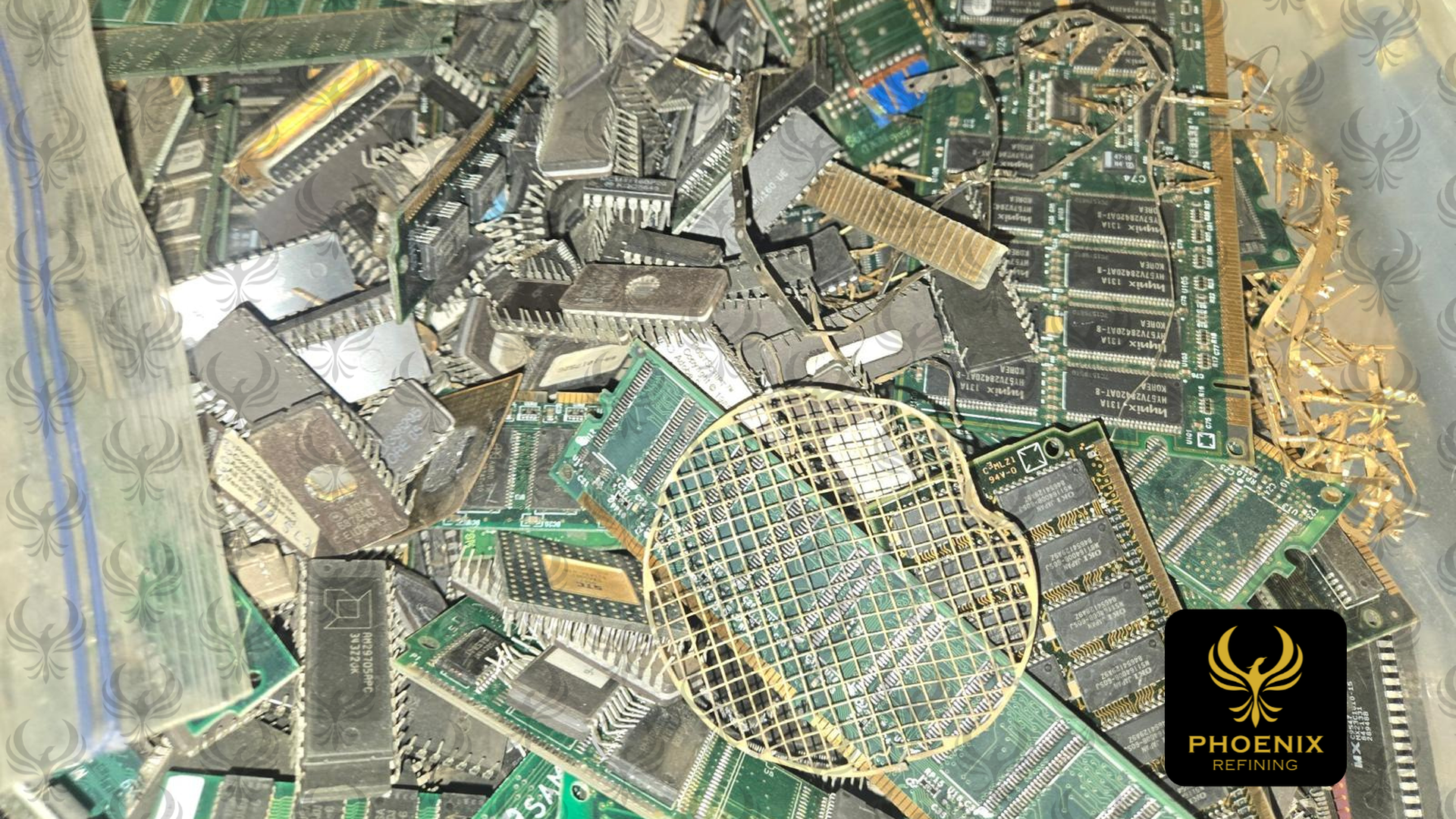

E-waste management has gained significant attention in recent years due to its environmental, economic, and health-related implications. Researchers and policymakers have made strides in understanding the composition, recycling technologies, and policy frameworks surrounding e-waste. Several reviews, such as those by Gupta et al. (2014) and Pérez-Belis et al. (2015), have highlighted the hazards of e-waste and the need for systematic management strategies.
One of the most notable advancements in e-waste management is the improvement of recycling technologies. Collection and pre-treatment processes have been refined to increase efficiency. E-waste collection has been categorized into four primary methods: (a) official take-back systems, (b) mixed residual waste, (c) collection outside official take-back systems in developed countries, and (d) collection outside official take-back systems in developing countries (Balde et al., 2017). The establishment of state-of-the-art recycling plants has facilitated the proper separation and recovery of valuable materials.
Moreover, there has been a shift towards urban mining, where valuable metals such as gold and copper are extracted from e-waste at significantly higher concentrations than conventional ore mining. Studies show that one metric ton of circuit boards can yield up to 1.5 kg of gold and 210 kg of copper (Bazargan et al., 2012). This has encouraged businesses to explore e-waste recycling as a profitable venture.
Legislative frameworks have also seen notable progress. By 2019, 78 countries had enacted e-waste legislation covering 71% of the world’s population, an increase from 61 countries in 2014 (Balde et al., 2017). However, several populous nations, such as Pakistan and Bangladesh, still lack comprehensive e-waste laws.
Despite advancements, e-waste management faces significant challenges. The lack of legislation in many developing countries remains a major issue. Informal recycling practices, which prevail in regions such as Southeast Asia and Africa, pose significant health and environmental risks. Informal collectors often extract valuable materials using unsafe methods, which can lead to exposure to hazardous substances such as mercury, lead, and cadmium (Islam et al., 2016).
Another challenge is the complexity of e-waste composition. E-waste comprises 40% metals, 30% plastic polymers, and 30% oxides and other materials (Sahle-Demessie et al., 2018). Effective separation of these materials is difficult due to their intricate mix, requiring advanced technological solutions that many developing nations lack.
Furthermore, financial constraints hinder the development of efficient e-waste management infrastructure. Many recycling facilities require substantial investment, and there is limited financial and policy support, particularly in low-income countries (Balde et al., 2017). The thermodynamic limits of material separation further add to the cost-inefficiency of e-waste recycling.
Public awareness and participation in e-waste management remain low, especially in regions with inadequate waste collection systems. Consumers often dispose of e-waste with household waste, reducing the likelihood of effective recycling and increasing the risk of environmental contamination (Balde et al., 2017).
Despite the challenges, e-waste presents several opportunities for sustainable economic growth and environmental protection. Urban mining has emerged as a promising solution, offering a lucrative alternative to conventional mining. The concentration of valuable metals in e-waste is significantly higher than in natural ores, making recovery efforts economically viable (Bazargan et al., 2012).
Environmental and human health benefits are another major opportunity. Properly managed e-waste recycling can prevent hazardous materials from entering ecosystems and harming public health. Effective policies and infrastructure can mitigate the risks associated with informal recycling practices, ensuring safer working conditions and reducing pollution (Masud et al., 2019).
There is also a growing potential for job creation in the formal e-waste recycling sector. Governments and private enterprises can invest in establishing recycling plants and training programs for workers, leading to increased employment opportunities, especially in developing nations.
Additionally, the circular economy model, which emphasizes resource efficiency and waste minimization, is gaining traction in e-waste management. By integrating circular economy principles, businesses can design electronic products for longevity, reuse, and easier recycling, reducing overall e-waste generation (Forum, 2019).
E-waste management has seen significant progress in recent years, particularly in recycling technologies, legislation, and urban mining. However, challenges such as inadequate legislation, financial constraints, and informal recycling practices continue to hinder effective management. The opportunities in e-waste recycling are substantial, particularly in urban mining, environmental conservation, and job creation. A collective global effort, including public awareness campaigns, investment in recycling infrastructure, and stringent policies, is essential to harness the full potential of e-waste management and drive a sustainable circular economy.